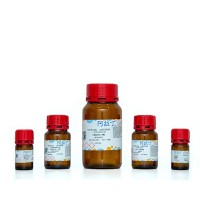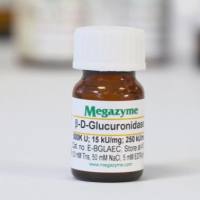Physical and emotional stress, metabolic alterations, carcinogenesis or inflammation are conditions that can trigger oxidative stress, which is defined as a balance shift of redox reactions towards oxidation, resulting in the increase of reactive oxygen species (ROS). ROS are continuously formed in small quantities during the normal metabolism of cell, however the overproduction of ROS is cytotoxic and damages macromolecules (DNA, proteins, sugars and lipids). Polyunsaturated fatty acids (PUFAs) that are esterified in membrane or storage lipids are subject to ROS-induced peroxidation resulting in the destruction of biomembranes. Final products of lipid peroxidation (LPO) are reactive aldehydes that are relatively stable and may diffuse far from the initial site of oxidative injury and act as second messengers or free radicals. The difference between physiological and pathological oxidative stress is often the occurrence of LPO and its final toxic products. In this chapter, two classes of methods for measurement of LPO are described. The first include assays for detection of LPO at the organismal level, while the second include molecular and cellular assays that reveal the mechanistic effects of LPO on the function, morphology and viability of the cells.






